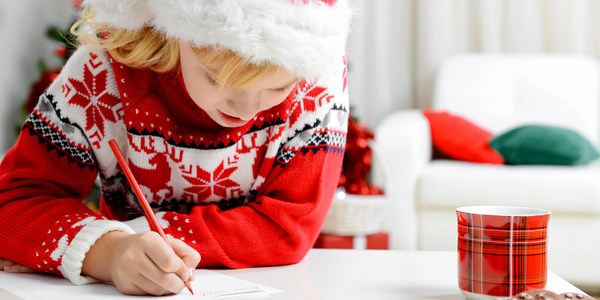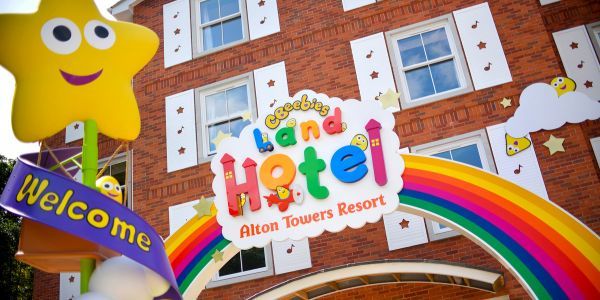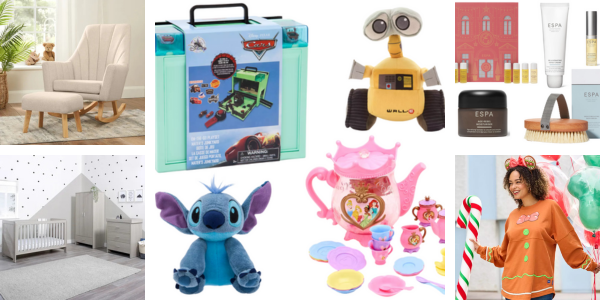

This week is Sugar Awareness Week 2020!
Action On Sugar have described this week as…
“Sugar Awareness Week is an opportunity to celebrate the success of food industry, government and NGOs’ progress so far, and discuss the future for sugar and calorie reduction and its place in the government’s Childhood Obesity Plan.”
This is a topic that we’re pretty interested in here at Bump, Baby & You – you can read our Public Health England supported guide on the risks of sugar here – so we think that this awareness week is a fantastic opportunity to raise awareness and help all of our parent followers to make changes that will improve their lives, and help support their children to have a bright and healthy future too!
This year’s theme will be ‘What’s in your drink?’ – as parents, most of us drink a lot of drinks throughout the day, but do you know how much sugar is in them or do you think about how much sugar you are adding? Have you gotten into unhealthy habits? Do you read labels? How do we know just how much sugar is in a drink? What other names are there for sugar? It’s a minefield, honestly!

What is the recommended daily allowance of sugar?
The NHS advises the following…
“The government recommends that free sugars – sugars added to food or drinks, and sugars found naturally in honey, syrups, and unsweetened fruit and vegetable juices, smoothies and purées – should not make up more than 5% of the energy (calories) you get from food and drink each day.”
- Adults: 30 grams (7 cubes of sugar)
- Children aged 7-10 : 24 grams (6 cubes of sugar)
- Children aged 4-6: 19 grams (5 sugar cubes)
- There is no guideline for children under 4 but it’s advised to avoid giving them sugary foods and drinks.
What other names are there for sugar?
As someone who is very careful when it comes to sugar intake, it can be confusing to figure out which ingredients are derived from sugar but misleadingly labelled. The following ingredients are sugar in different forms… Thanks to Virtual Health for this comprehensive list!
(Excluding artificial sweeteners and sugar substitutes)
Basic Simple Sugars (monosaccharides and disaccharides):
- Dextrose
- Fructose
- Galactose
- Glucose
- Lactose
- Maltose
- Sucrose
Solid or Granulated Sugars:
- Beet sugar
- Brown sugar
- Cane juice crystals
- Cane sugar
- Castor sugar
- Coconut sugar
- Confectioner’s sugar (aka, powdered sugar)
- Corn syrup solids
- Crystalline fructose
- Date sugar
- Demerara sugar
- Dextrin
- Diastatic malt
- Ethyl maltol
- Florida crystals
- Golden sugar
- Glucose syrup solids
- Grape sugar
- Icing sugar
- Maltodextrin
- Muscovado sugar
- Panela sugar
- Raw sugar
- Sugar (granulated or table)
- Sucanat
- Turbinado sugar
- Yellow sugar
Liquid or Syrup Sugars:
- Agave Nectar/Syrup
- Barley malt
- Blackstrap molasses
- Brown rice syrup
- Buttered sugar/buttercream
- Caramel
- Carob syrup
- Corn syrup
- Evaporated cane juice
- Fruit juice
- Fruit juice concentrate
- Golden syrup
- High-Fructose Corn Syrup (HFCS)
- Honey
- Invert sugar
- Malt syrup
- Maple syrup
- Molasses
- Rice syrup
- Refiner’s syrup
- Sorghum syrup
- Treacle
How can I watch how much sugar I’m drinking?
The NHS has some great tips on cutting back on sugar in your drinks…
- Instead of sugary fizzy drinks or sugary squash, go for water, lower-fat milk, or sugar-free, diet or no-added-sugar drinks. While the amount of sugar in whole and lower-fat milk is the same, choosing lower-fat milk reduces your saturated fat intake.
- Even unsweetened fruit juices and smoothies are sugary, so limit the amount you have to no more than 150ml a day.
- If you prefer fizzy drinks, try diluting no-added-sugar squash with sparkling water.
- If you take sugar in hot drinks or add sugar to your breakfast cereal, gradually reduce the amount until you can cut it out altogether. Alternatively, switch to a sweetener.
Check out the Change4Life website here for more fantastic advice!

What healthy, lower sugar recipes are there for children?
If you’re keen to cook up some delicious, lower sugar treats for your little one, we’ve got some fantastic recipes on our website! Here are our favourites;
- Refined sugar free muffins
- Avocado chocolate mousse
- Fruit and veg ice lollies
- Savoury cheesy vegetable muffins
- Dino banana pops
This book is also an excellent read for parents who want to watch how much sugar they’re giving their little one…
Full of healthy recipes and snippets of advice, this book is really useful from weaning age onwards – you can get your own copy here*.
We hope that this has been a helpful read, folks!
Love from Katie & Team BBY. Xx




.png)






.jpg)




